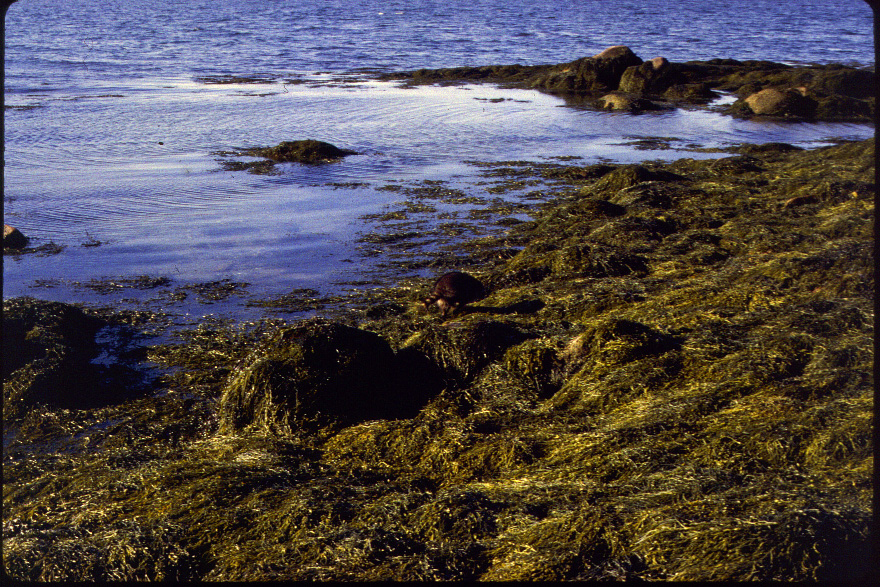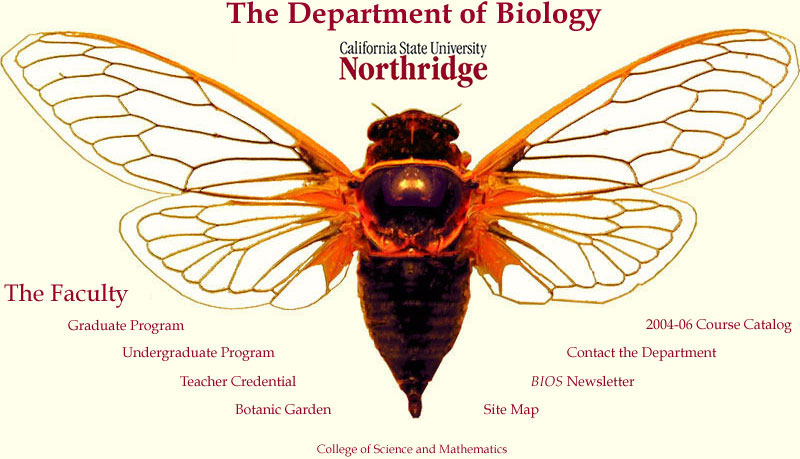

|
 |
|
In many natural systems different initial conditions can give rise to different stable endpoints depending on the relative influences of historical and contemporary processes acting on a system. In community ecology, this idea is known as alternative stable states, a theme that characterizes much of my recent research. Yet this same approach combining study of historical and contemporary processes can be applied to a broader spectrum of biological inquiry including life history evolution, phenotypic plasticity and population genetic structure. My current and emerging interests lie in evaluating the relative influences of historical and present-day processes as explanations of pattern at these levels of biological organization.
A long-term controversy among ecologists is whether alternative stable community states exist. Alternative states imply that different species assemblages can occupy the same site at different times. In theory, the conditions necessary to generate multiple stable points of communities are well understood. In practice, however, there is little convincing experimental evidence for their existence, perhaps because the scale at which experiments are executed (i.e., usually > 3 m²) has been too small. Much of my work on alternative states has been empirical and has examined the potential for alternative states in both rockweed stand and barnacle-mussel bed communities of sheltered shores in the North Atlantic (in collaboration with Dr. P. Petraitis) and subtidal fouling communities in southern California. Data collected from the North Atlantic suggest that sheltered rocky shores there may support alternative states dominated by either rockweed stands of barnacle-mussel beds.
My theoretical work on alternative states consists of developing a quantitative model based on my empirical work that defines the 'environmental state space' where alternative states can and cannot develop. The model shows that a necessary condition for alternative states to occur is a non-linear, threshold response of demographic variables (e.g., recruitment, mortality) with respect to environmental variables (e.g., size of a clearing). Values of parameters that shift threshold curves towards smaller clearing sizes, and/or increase the amplitude of the curve render alternative states more likely. The essence of the model is the identification of generic features of ecosystem function that make systems vulnerable to switches between species assemblages. These ideas profoundly alter our views of community structure. If alternative states do exist, it indicates that site-specific ecological processes operating at a given site are a consequence (not the cause) of species in the assemblage. It also implies that community transitions are threshold-dependent. Thus, small-scale perturbations that cross a threshold may cause large, irreversible changes in ecosystems. Such non-linear responses by communities to environmental changes demand that our plans for managing ecosystems be sensitive to these phenomena. |




